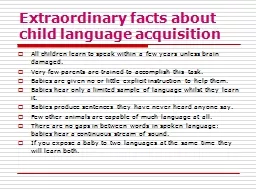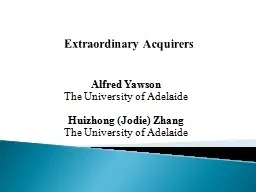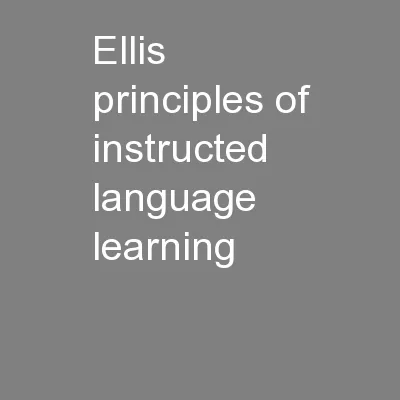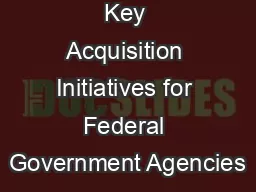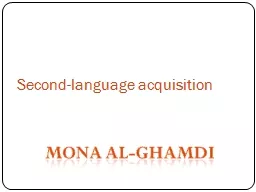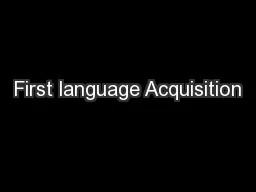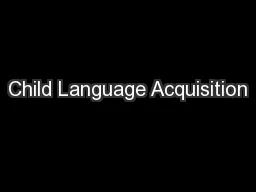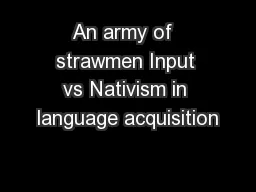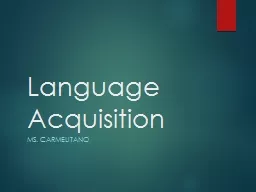PPT-Extraordinary facts about child language acquisition
Author : karlyn-bohler | Published Date : 2016-06-11
All children learn to speak within a few years unless brain damaged Very few parents are trained to accomplish this task Babies are given no or little explicit instruction
Presentation Embed Code
Download Presentation
Download Presentation The PPT/PDF document "Extraordinary facts about child language..." is the property of its rightful owner. Permission is granted to download and print the materials on this website for personal, non-commercial use only, and to display it on your personal computer provided you do not modify the materials and that you retain all copyright notices contained in the materials. By downloading content from our website, you accept the terms of this agreement.
Extraordinary facts about child language acquisition: Transcript
Download Rules Of Document
"Extraordinary facts about child language acquisition"The content belongs to its owner. You may download and print it for personal use, without modification, and keep all copyright notices. By downloading, you agree to these terms.
Related Documents

